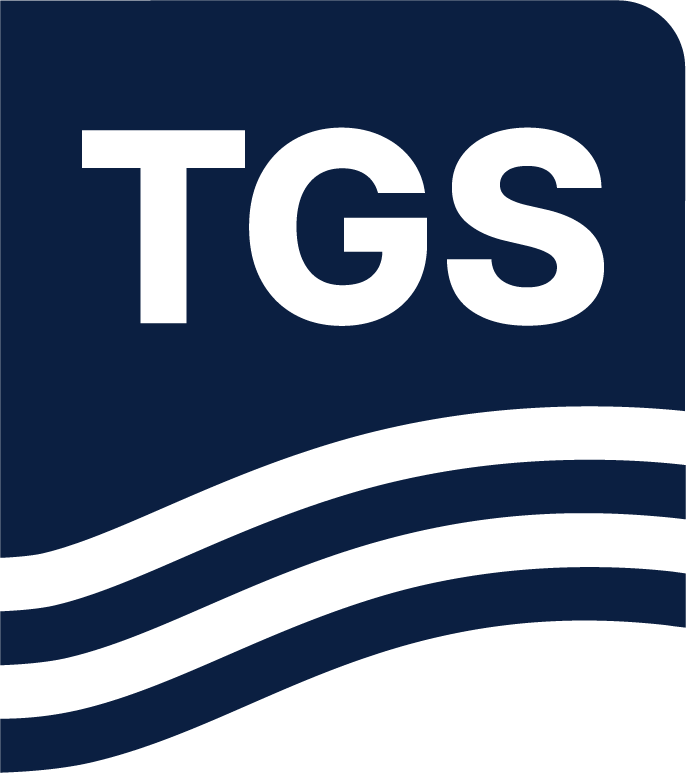Benchmarking Civitas assets on news that they may be exploring a sale
Last week, Bloomberg announced Civitas, a significant DJ and Permian shale player, may be exploring a sale. The news continues to push momentum of the wave of M&A transactions in US shale in recent years, with EOG’s $5.6 billion acquisition of Encino and Viper’s $4.1 billion purchase of Sitio Royalties the most notable over the past two quarters. A result of M&A themselves, Civitas formed in 2021 from the merger of Bonanza Creek Energy and Extraction Oil & Gas. Since then, Civitas has continued to grow into one of the largest independent shale producers in the US through notable bolt-on acquisitions such as Crestone Creek Resources, Vencer Energy, and Bison Oil & Gas along with asset purchases from Hibernia Energy III and Tap Rock Resources. This week, using TGS Well Data Analytics, we drill down into how well those legacy and acquired assets are performing across the DJ and Permian Basins.
As of June 2025, per TGS Well Data Analytics, Civitas’ total operated production was 200 MBO/d and 997 MMCF/d across DJ, Delaware, and Midland Basin assets, ranking in the top 10 among DJ and Permian shale producers (Figure 1). In the DJ Basin, Civitas is currently the 2nd largest producer on a BOE/d basis with 168 MBOE/d as of June 2025 (Figure 2). On the well performance side, comparing 3-yr cumulative BOE per foot of lateral length to the top 10 operators by daily production in the basin, Civitas ranks 5th with 36 BOE/ft for wells drilled in the last 5 years. In terms of well and completion design, Civitas uses the 5th lowest frac fluid per ft and the 2nd lowest proppant per ft at 42 bbl/ft and 1,125 lbs/ft, respectively. Lean completion design paired with Civitas’ preference for drilling 3-mi laterals (16% of all DJ wells) raises NPV by an average of 34% per well for a given DSU vs. 2-mi laterals, per TGS Well Economics.
Across the Midland and Delaware Basins, Civitas is a top 10 operator on a BOE/d basis with operated production of 198 MBOE/d (Figure 3). On the Midland side, comparing 12-month cumulative BOE per foot of lateral length for 2-mi laterals to the top 10 operators by daily production in the basin, Civitas produces the 5th highest result at 20 BOE/ft for wells drilled since 2020. Although Civitas is in the middle of the road on BOE/ft, it uses 4th lowest proppant per ft at 2,152 lbs/ft and produces the 2nd lowest amount of water at 68 bbl/ft, potentially driving down well costs. On the Delaware side, 12-month BOE/ft is 2nd lowest at 27 BOE/ft, though Civitas wells produce 18% less water per ft than the operator with the highest BOE/ft and have the lowest GOR for wells drilled over the last 5 years, potentially reducing costs and driving up NPV (Figure 4). Overall, Civitas’ lean completion design and low water cut across its acreage could make it an attractive M&A target.
Using TGS Well Data Analytics, we were able to quickly evaluate performance metrics and completion design. For more information about TGS Well Data Analytics or to schedule a demo, contact us at WDPSales@tgs.com.

Figure 1. Overview of Civitas DJ & Permian Assets

Figure 2. Production analysis of the top 10 DJ Basin operators over the last 5 years including A) BOE per day, B) GOR, C) Cumulative BOE per foot of lateral length, D) Lateral lengths, E) Frac fluid per foot of lateral length, and F) Proppant per foot of lateral length

Figure 3. Production analysis of the top 10 Midland Basin operators over the last 5 years including A) BOE per day, B) Cumulative BOE per foot of lateral length, C) Cumulative produced water per foot of lateral length D) Lateral lengths, E) Frac fluid per foot of lateral length, and F) Proppant per foot of lateral length.

Figure 4. Production analysis of the top 10 Delaware Basin operators over the last 5 years including A) BOE per day, B) Cumulative BOE per foot of lateral length, C) Cumulative produced water per foot of lateral length D) Lateral lengths, E) Frac fluid per foot of lateral length, and F) Proppant per foot of lateral length.


